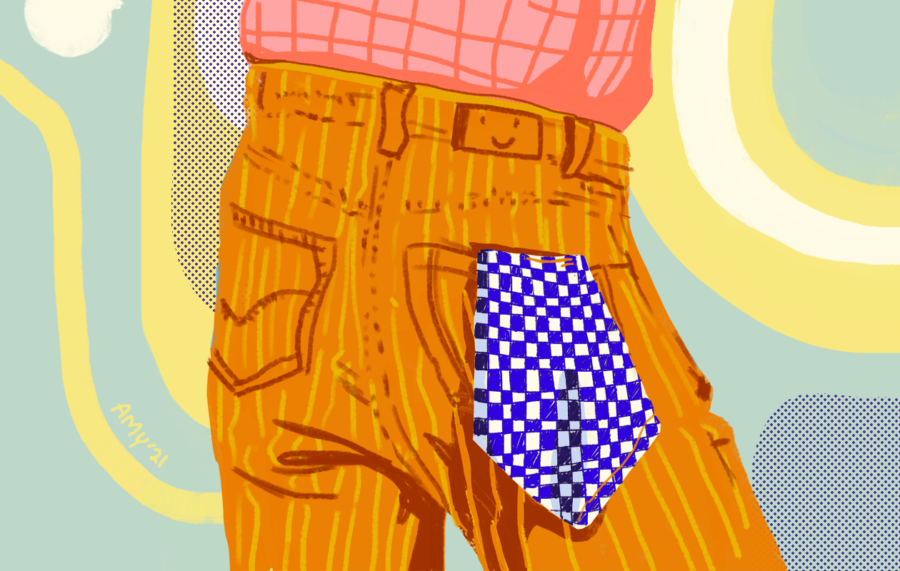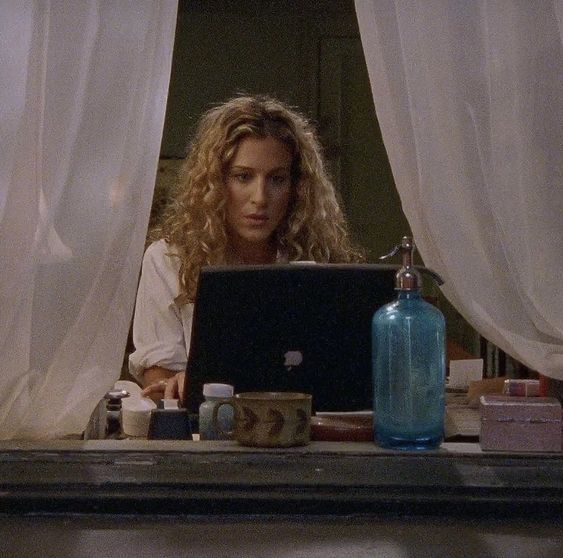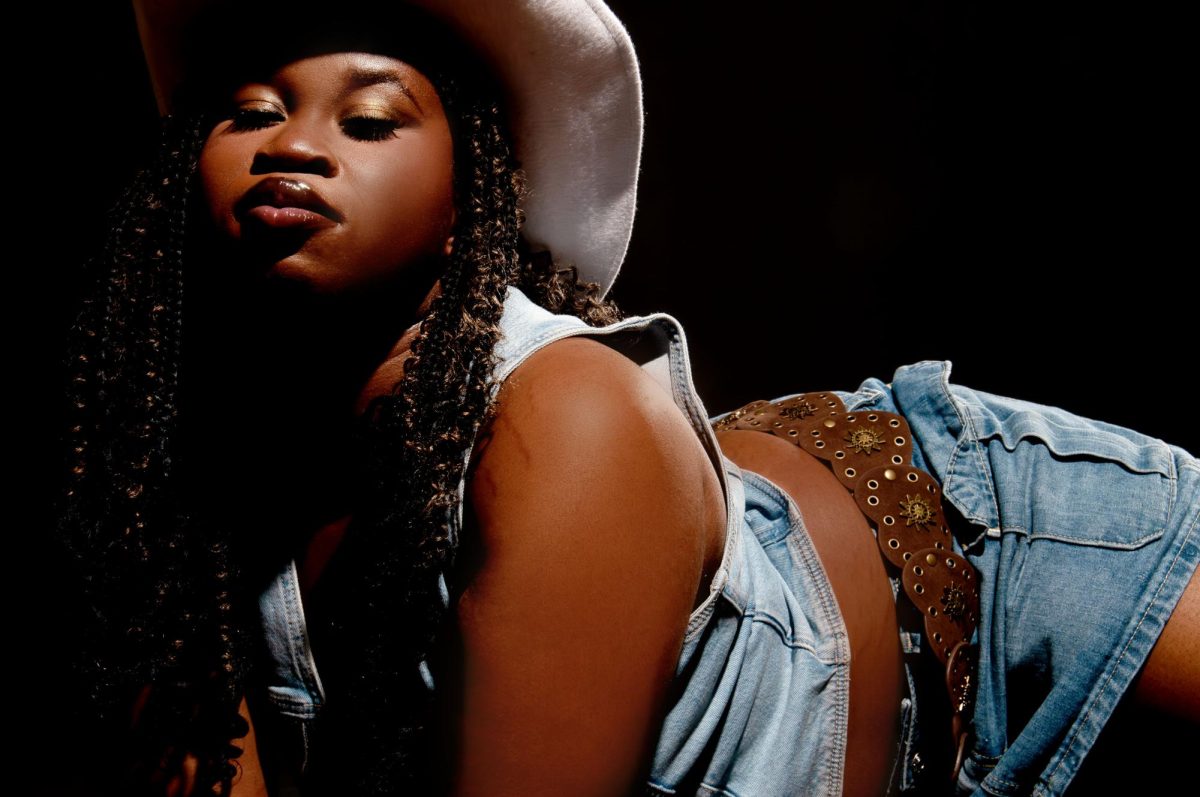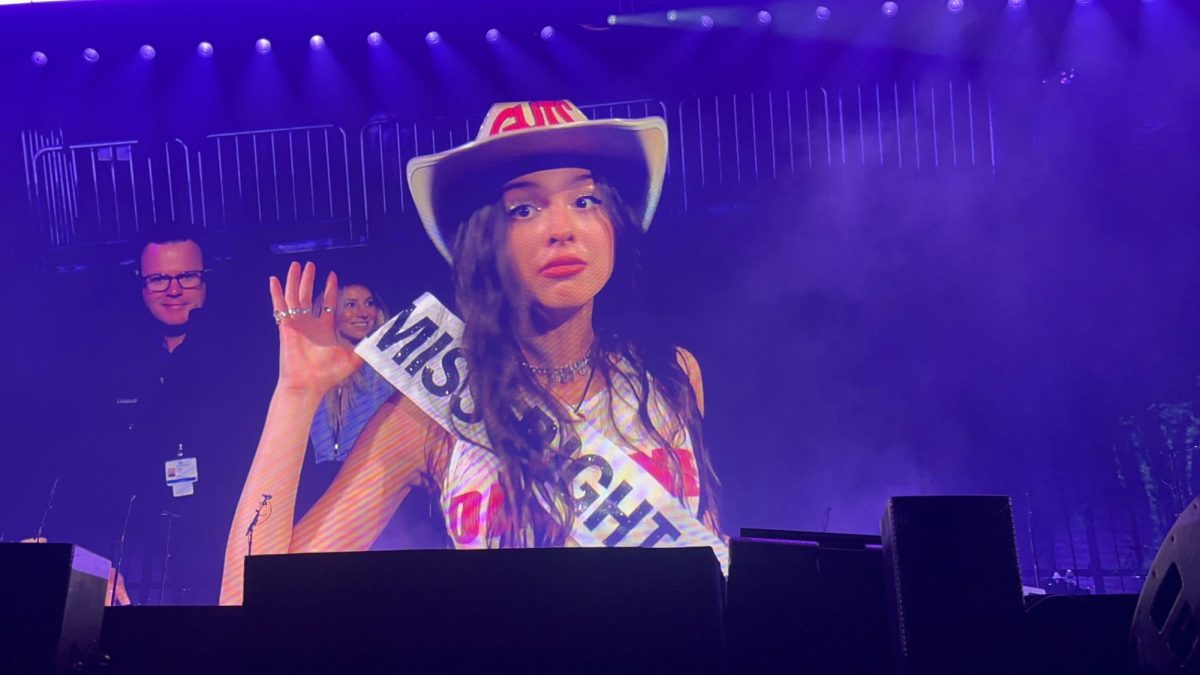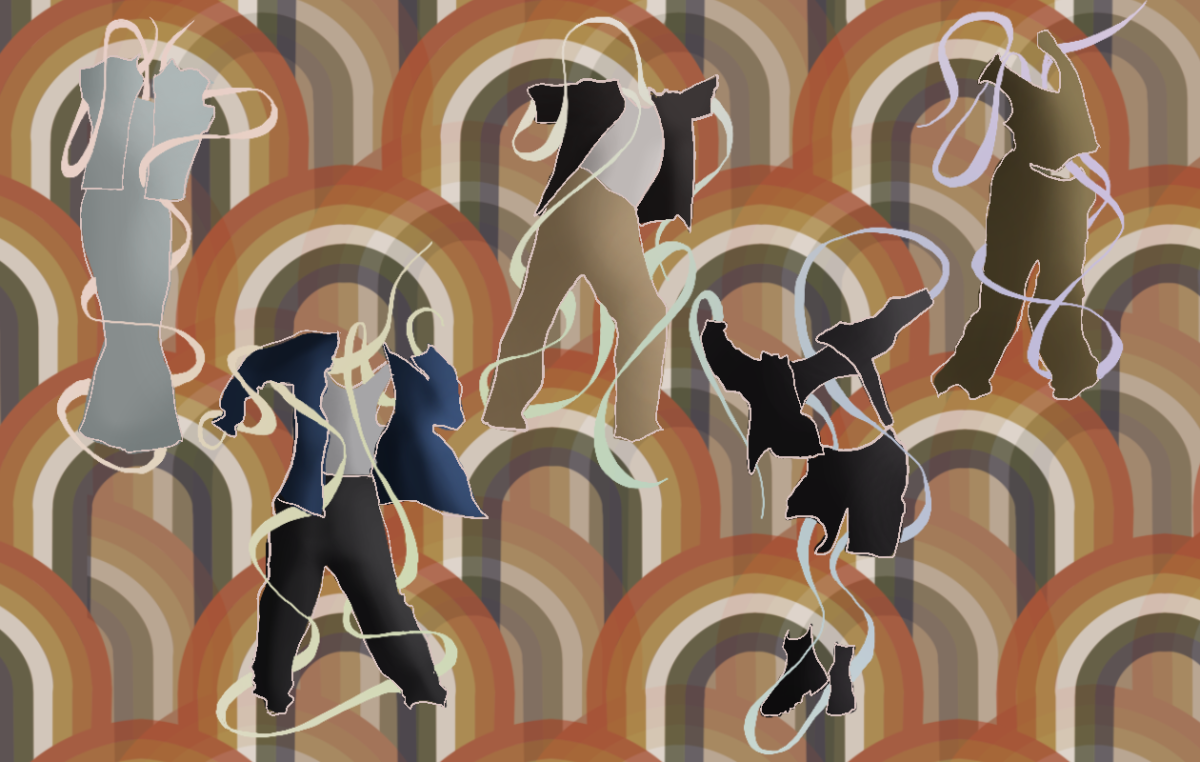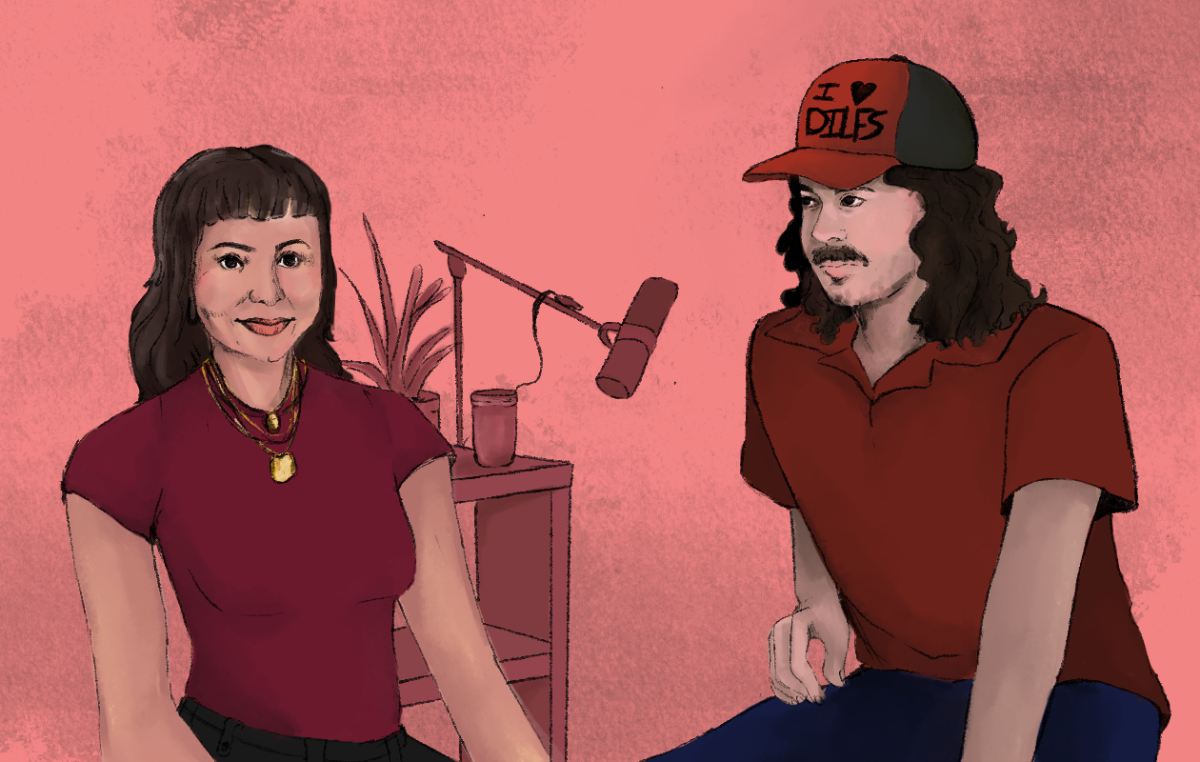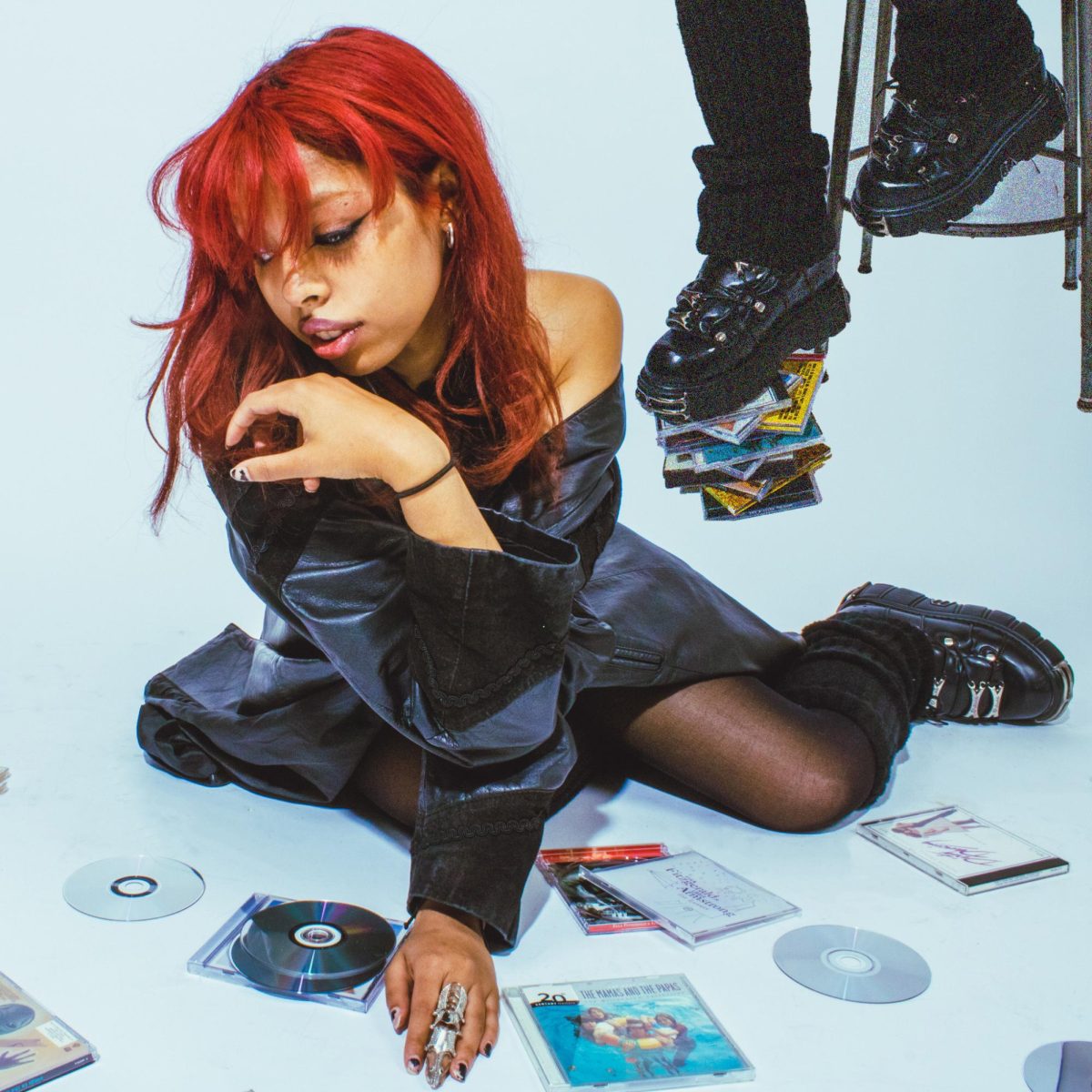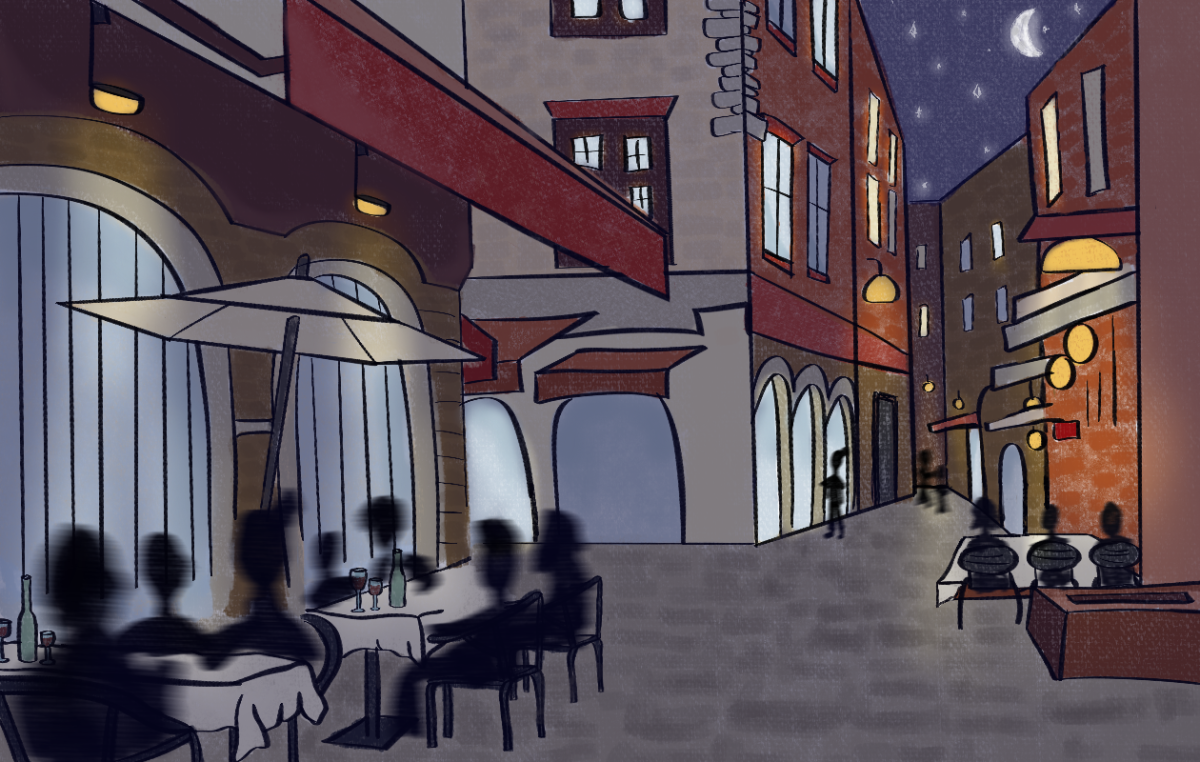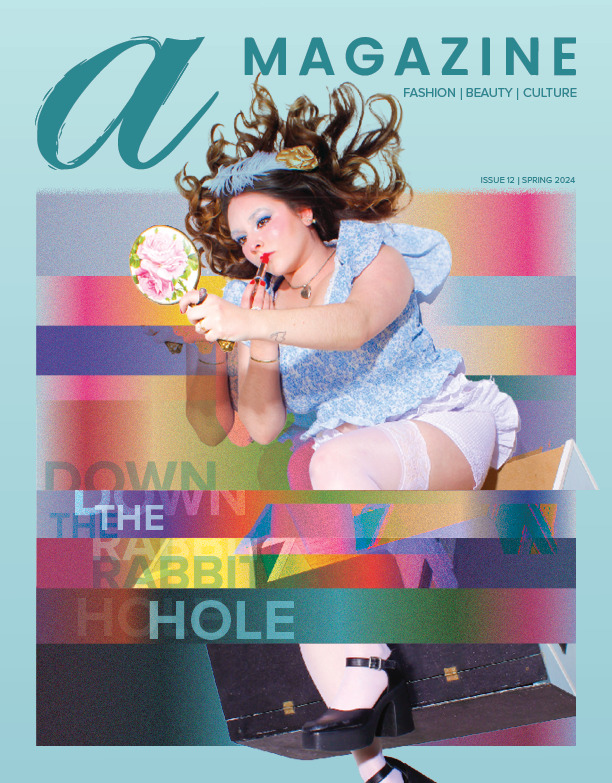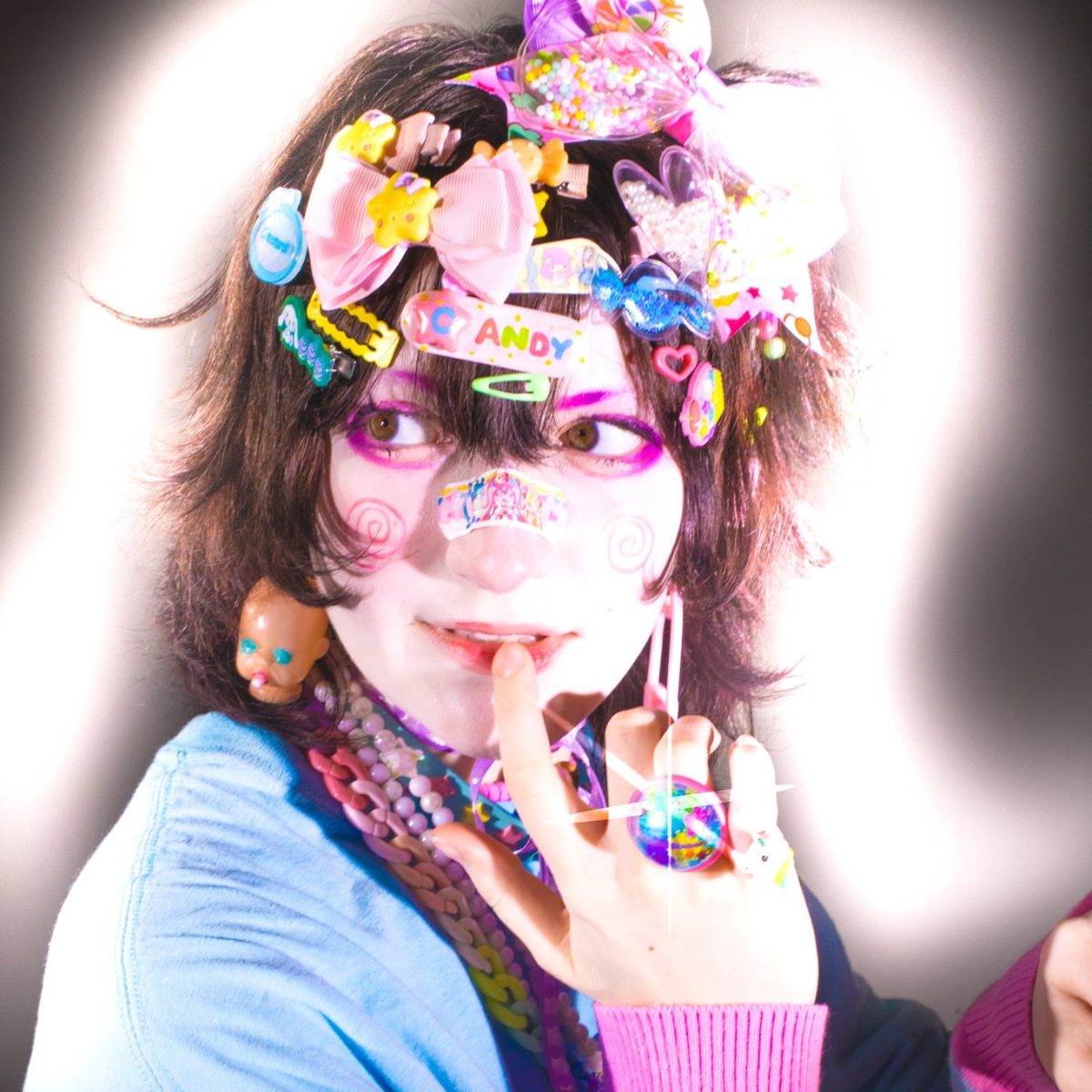Coming out in the LGBTQ+ community has always been hard. Even in 2021, coming out requires a great deal of strength to handle the possible backlash. The LGBTQ+ community has faced backlash for years for simply being the people they were meant to be. The term “gay” was originally borrowed from the slang of women prostitutes, but ultimately was adapted by the Gay Rights Movement in 1969 after the Stonewall Rebellion.
Gay history isn’t spoken of often, making it important to start with. In the late 19th and early 20th centuries, gay subculture thrived. Gay men would “come out” in gay society, which was a term borrowed from debutante society where women would come out into high society. Gay men found a way to come out into their own “high society.” Society quickly shifted in the 1930s, 40s and 50s and the visible gay community witnessed growing backlash, so they retreated and became a secret community.
The homophile movement — the precursor movement to the Gay Rights Movement — took a front row seat in the newspapers after the 1969 Stonewall Rebellion. During this riot the customers of the Stonewall Inn in New York City fought back against a police raid. This riot lasted days and is commemorated by the annual Gay Pride Parade in New York City. The Gay Rights Movement was still facing a lot of backlash from the public, but they persisted and encouraged people to come out, despite associated risks.
In 1978, Harvey Milk ran for California State Senator, as an openly gay man, after the senator at the time sought to ban gay teachers and anyone supporting the movement from working in California schools. Milk ran with the campaign to “Come Out, Come Out, Wherever You Are.”
In the 1980s the Gay Rights Movement radicalized while facing the Christian rights and AIDS epidemic. Activists used Milk’s campaign mantra to continue to encourage people to come out. In the 1990’s the organization Queer Nation took coming out to a new level with T-shirts that has slogans like “Promote homosexuality. Generic queer. Faggot. Militant Dyke” printed on them. Wearing these shirts, the organization would enter homosexual bars and stage “kiss-ins.”
Although the LGBTQ+ community was repressed for years and forced into the closet, gay people always found ways to express themselves for who they truly were. In the 1960s we saw The Sewing Circle in Hollywood. The Sewing Circle was a group of lesbian, bisexual and bi-curious women in Hollywood. Actresses like Joan Crawford, Katherine Hepburn, Greta Garbo, Marlene Dietrich, Barbara Stanwyek and Claudette Colbert were all apart of this secret gay community in Hollywood.
Hollywood spent a lot of time repressing the gay community and making sure it sided with the popular views of society to keep gayness out of everything. So, in 1931, the film industry censored itself through the Production Code and Hays Censorship Office. Reference to homosexuality, gay or lesbian characters, and even the word “pansy” was censored. It took until 1968 for the Production Code to change and allow filmmakers to use homosexuality in their films.
The Hanky Code was used heavily in the 1970s and 1980s predominately by queer men to signal to other queer men that they were gay. Heterosexual society repressed the LGBTQ+ community for so long that they had to have ways to signal to other gay people that they were in the community, since they were not able to be out. Simply put, gay men wore bandanas in their back pocket for the purpose of sexual signaling. The color of the bandana was associated with a specific sexual practice or fetish and the wearer’s role was indicated by which pocket the bandana was in; tops wore bandanas in their left pocket, while bottoms wore bandanas in their right pocket.
Nowadays, the LGBTQ+ community members are able to express their identities through dress. Still, how gay people dress and their sexuality have many stigmas behind them. The community is able to express themselves in how they dress now, and that has created a stigma behind what gay people should look like. If someone in the community does not dress in overly popularized “gay” clothing they are not looked at as being a part of the community. Even though the community has come a long way and people are able to dress to express themselves, they still have a long way to go.
Being a part of the community myself has opened my eyes to the problems that we face daily, but those challenges are not spoken of frequently. The history of the Gay Rights Movement should be widespread knowledge, but we are not at the point in our history. The gay rights movement teaches us to be ourselves unequivocally and learning a little about it, I hope has taught you just that.
Hi, I’m Maria McGinnis, a senior journalism student from Stow, Ohio. I’m also the editor-in-chief of A Magazine. My staff and I are committed to bringing you the most important and entertaining news from the realms of fashion, beauty, and culture. We are full-time students and hard-working journalists. While we get support from the student media fee and earned revenue such as advertising, both of those continue to decline. Your generous gift of any amount will help enhance our student experience as we grow into working professionals. Please go here to donate to A Magazine.

